
Photo Essays
3 MIN READ

Rolpa and Rukum 13 years after the war

The Maoist insurgency began with simultaneous attacks on three police posts on Feb 13, 1996, two of which were in Rolpa and Rukum. With the attacks began a decade long civil war that claimed close to 17,000 lives, and led to a political transformation that changed the course of Nepali history. The Maoists gained a stronghold on political power after the war. They have led three governments and, since their merger with the Communist Party of Nepal-Unified Marxist Leninist (UML) have formed the largest ruling party in Nepal to date.
In Rolpa and Rukum, the Maoists had some support— and a strong coercive network — which they used to establish parallel governments and state structures. The general consensus in political circles is that the war is over and Nepal has successfully transitioned into a federal democracy. But a splinter group, led by former Maoist youth leader Netra Bikram Chand ‘Biplab’, who hails from Rolpa, believes that the revolution is far from complete. He is now attempting to mobilize a new generation of youth in Rukum and Rolpa to fight for this cause under the banner of his Communist Party of Nepal (CPN).
13 years after the end of the war, we visit Rolpa and Rukum to see what life is like in what was, and continues to be, the Maoist heartland.
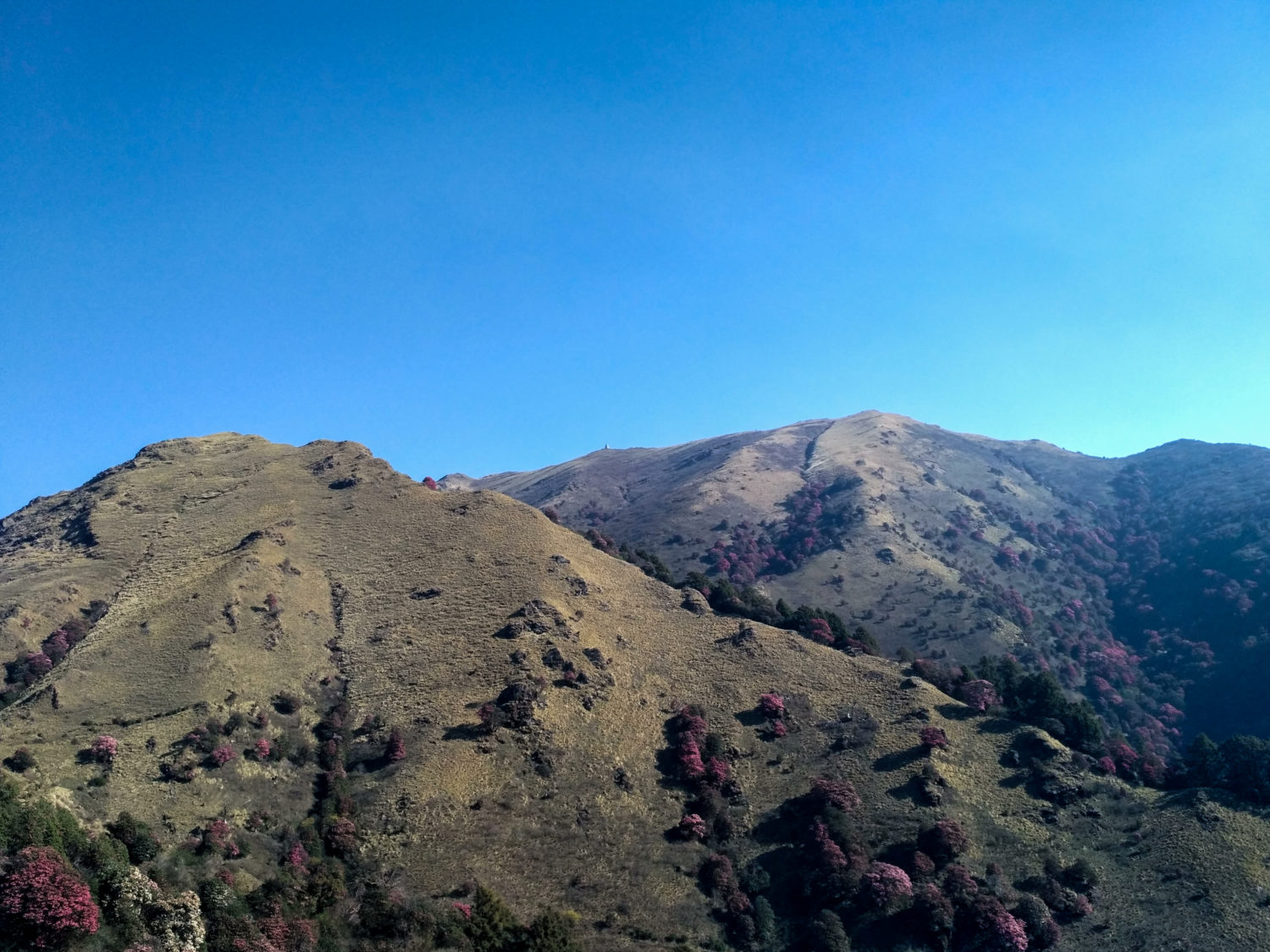
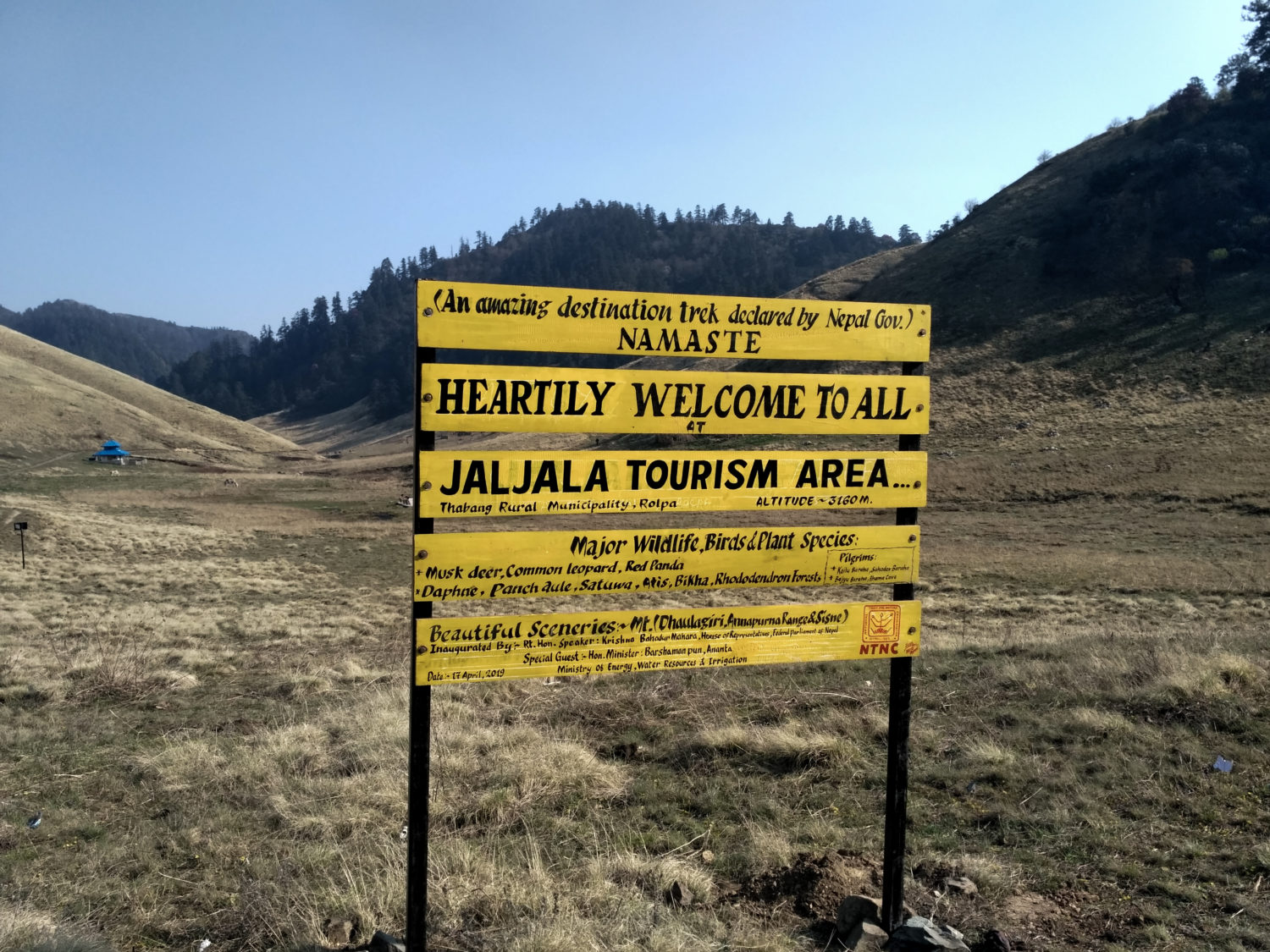









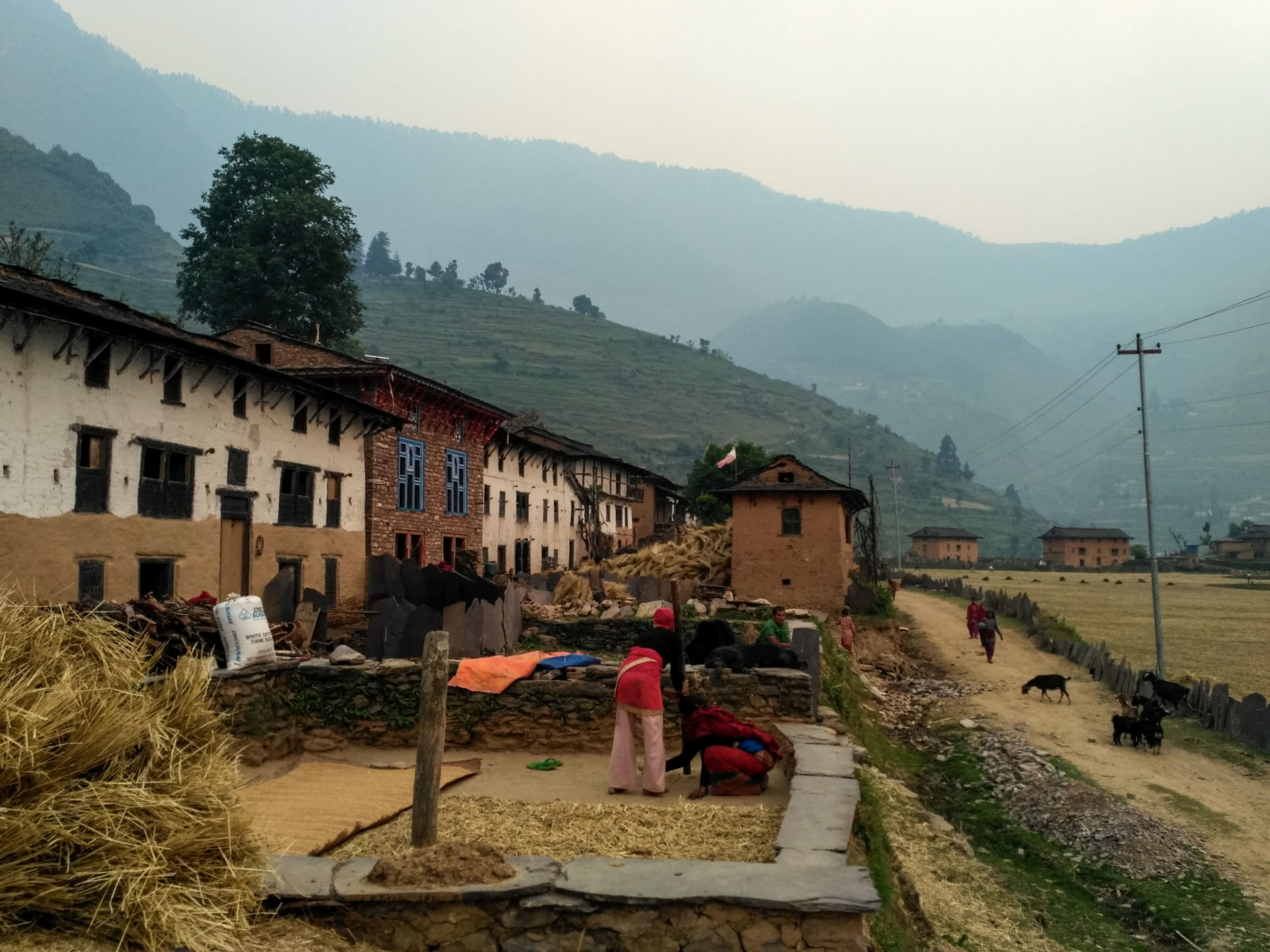
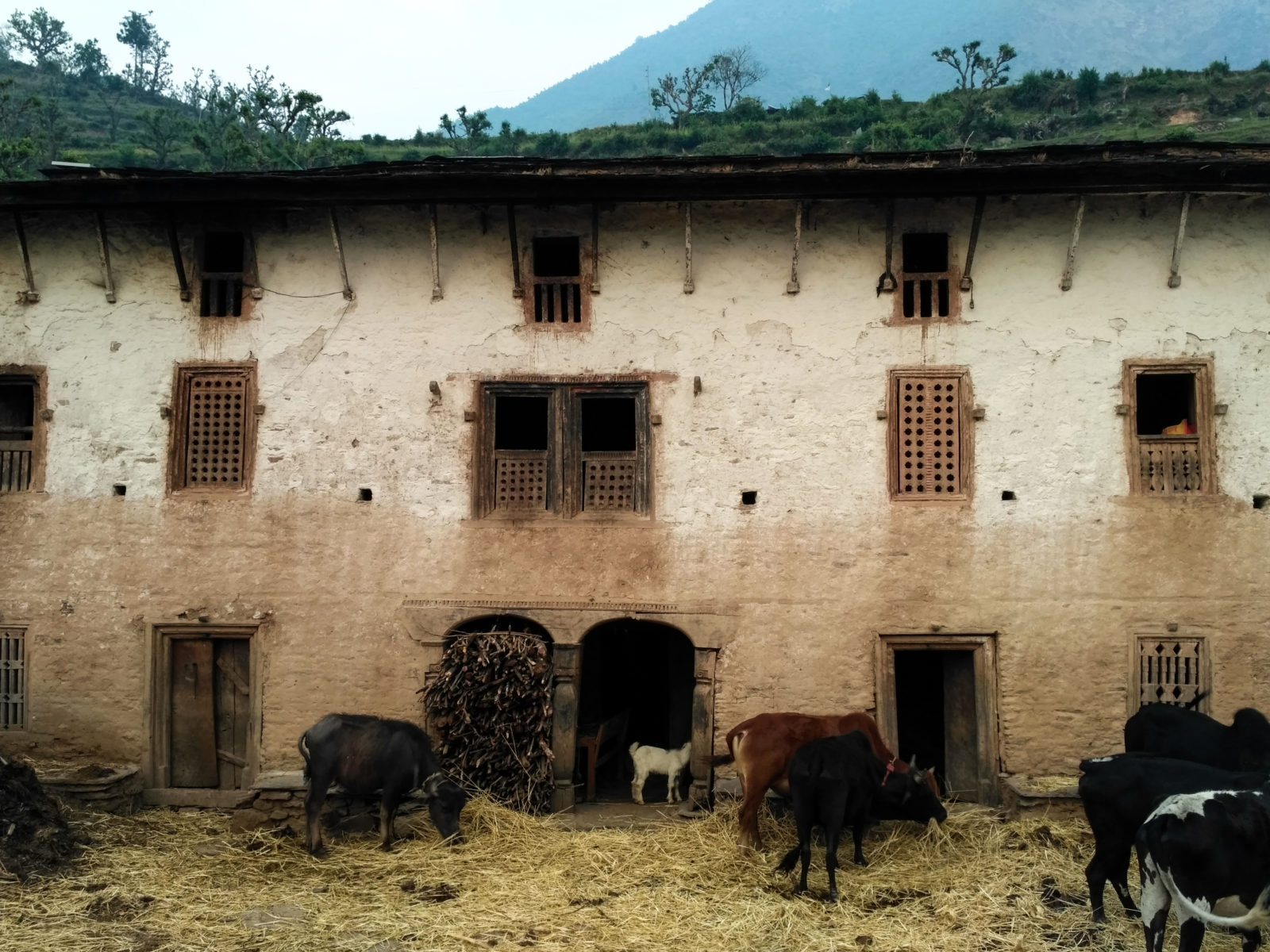
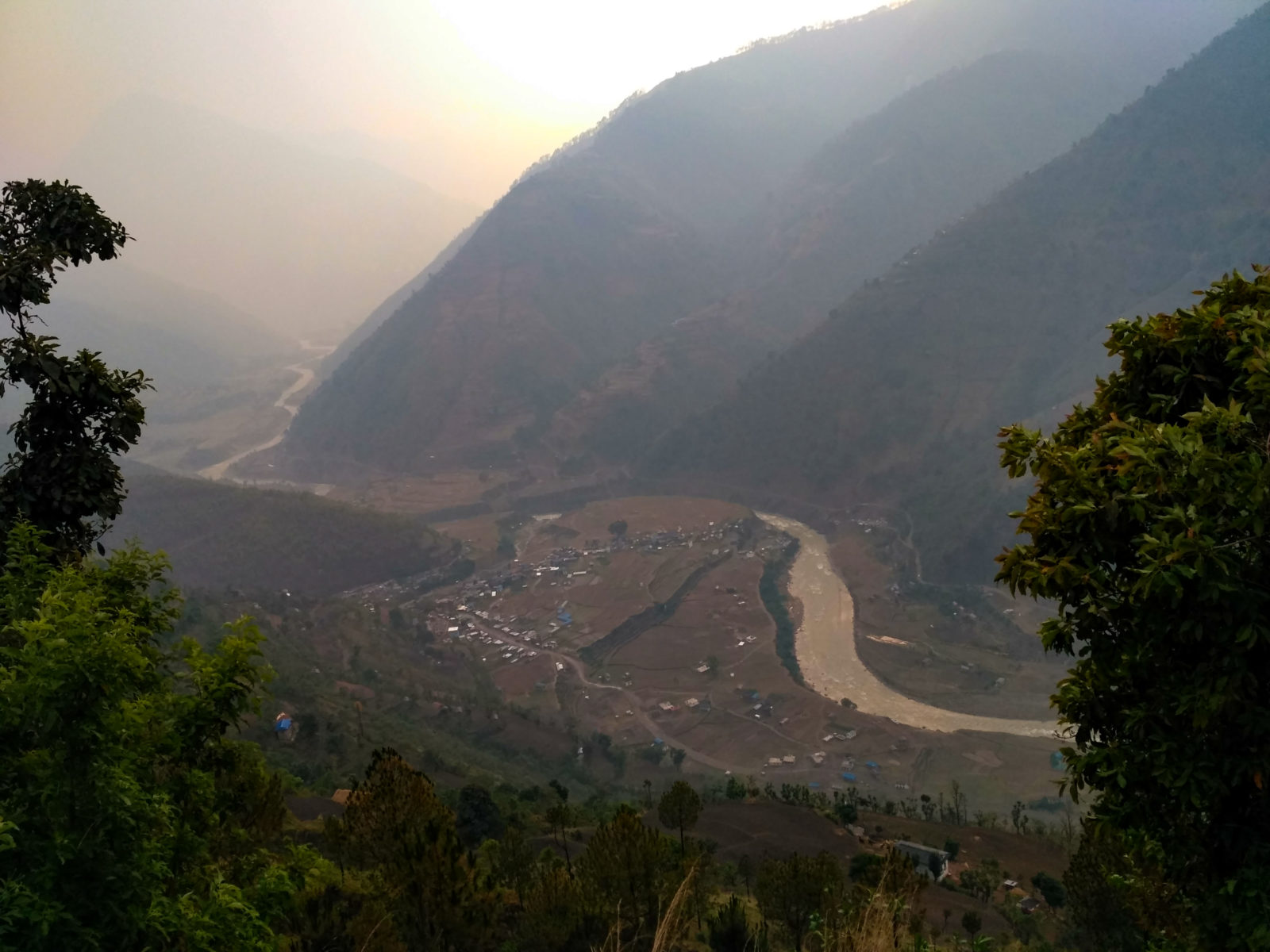

:::
We welcome your comments. Please write to us at letters@recordnepal.com
Nabin Bibhas Nabin Bibhas has worked as a journalist for a decade, and closely follows Nepal's politics. He is the author four collections of essays, poetry, and short stories. He tweets @NabinBibhas


Longreads
Features
14 min read
Fifteen years since the 10-year conflict ended, there is no justice and little peace for victims of rape and sexual violence.
Explainers
4 min read
The army’s role in the procurement of medical supplies is just one instance of its expanding reach in national administration
Opinions
Perspectives
1 min read
Gaya Prasad Chaudhary was tortured by the Nepal Army twelve years ago, but his suffering continues
Longreads
76 min read
Using extensive documentary footage from the Maoist conflict, General Sam Cowan provides incisive analysis on the military effectiveness of the People’s Liberation Army.
Culture
Books
15 min read
Author Aditya Adhikari shares an excerpt from his new book The Bullet and the Ballot Box
Books
4 min read
In her autobiography, Hisila Yami provides a complex narrative that blends her personal narratives with contemporary political happenings.
Culture
Books
6 min read
Aditya Adhikari's new book reminds us of what has been, perhaps deliberately, forgotten about the war
Podcast
Features
Longreads
23 min read
A trial in Dailekh and its lessons for transitional justice in Nepal